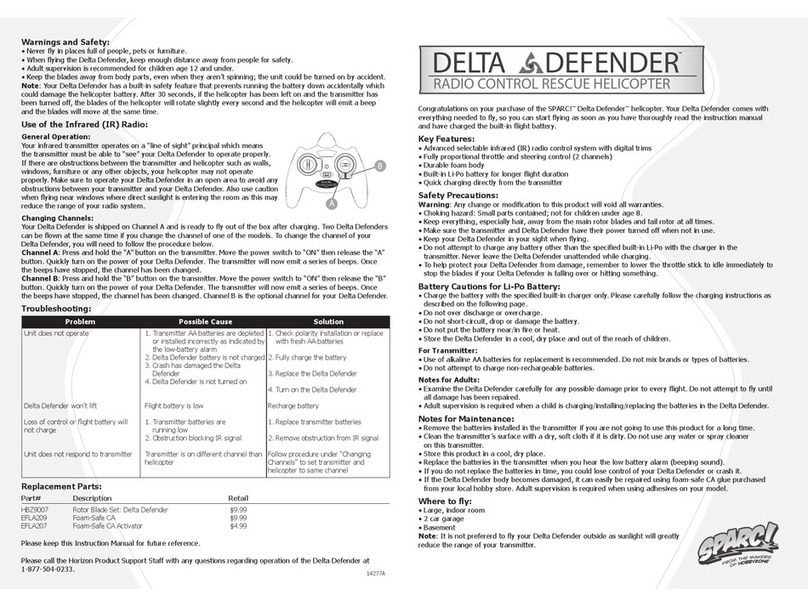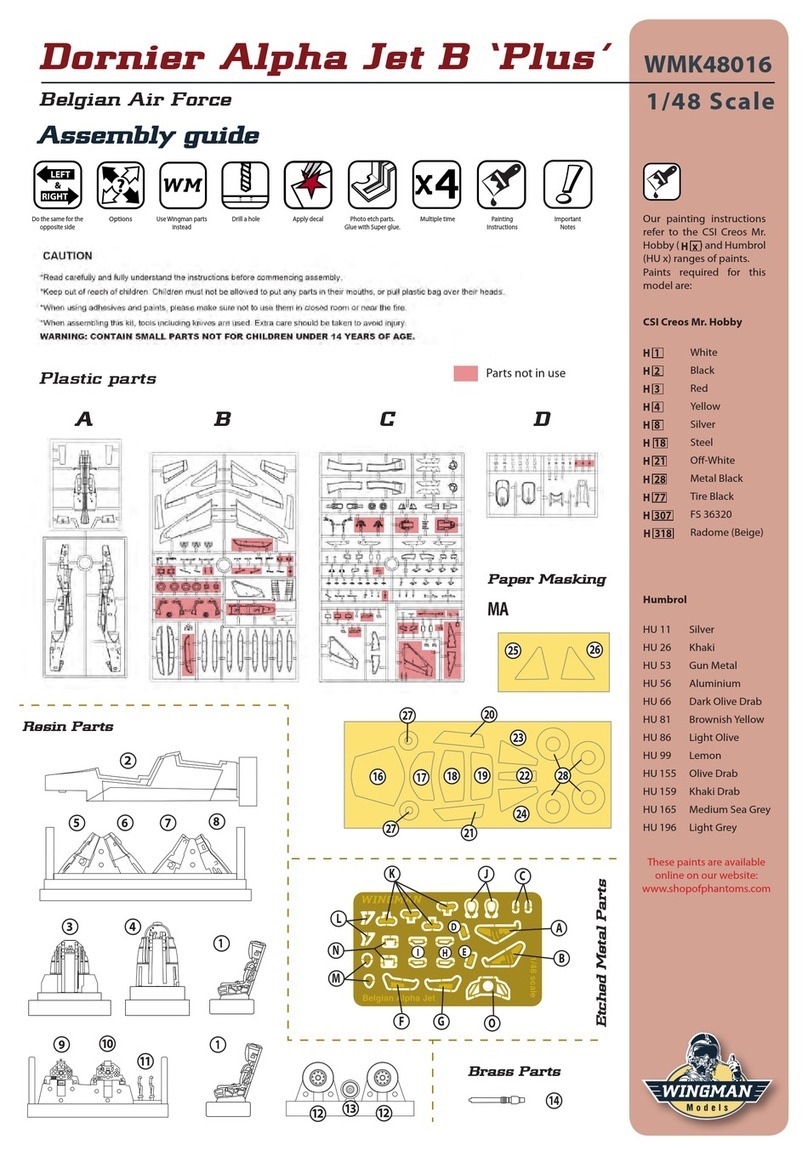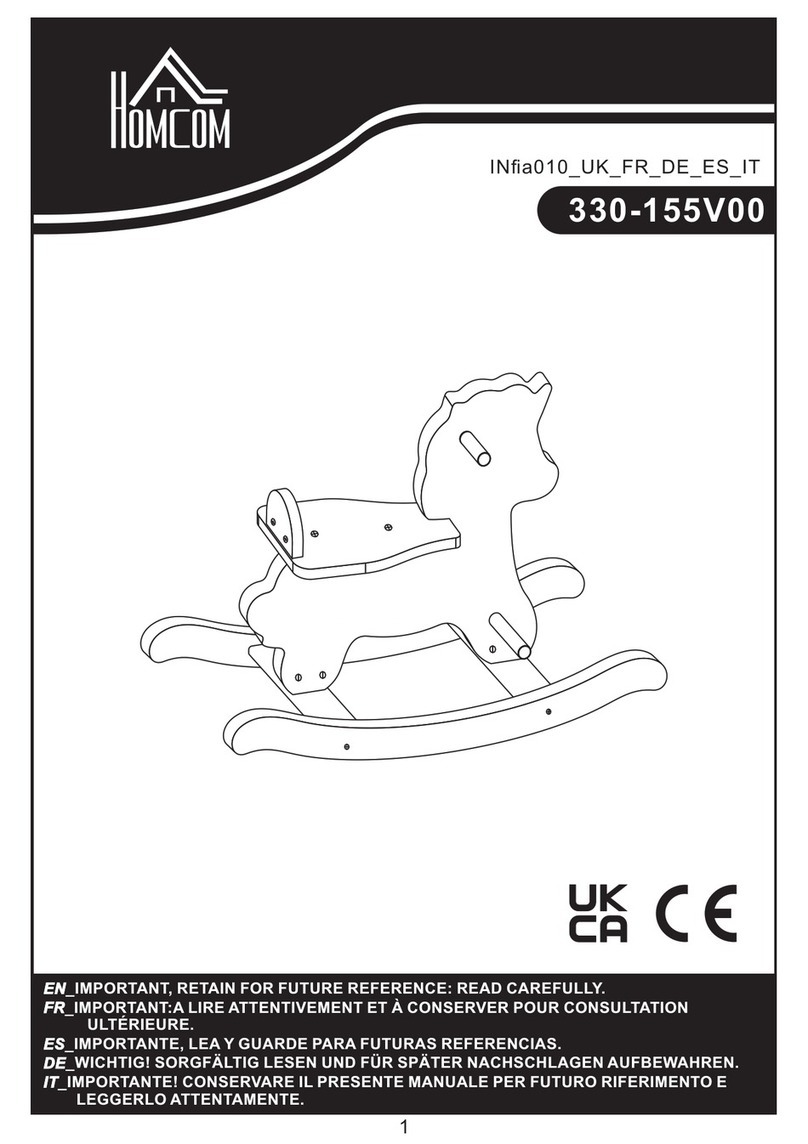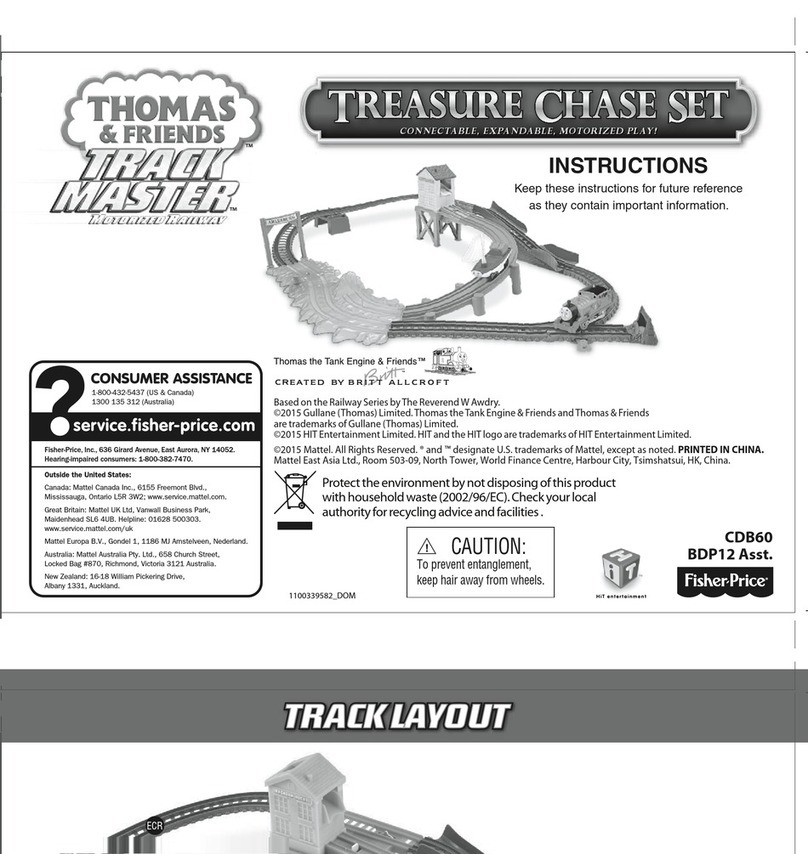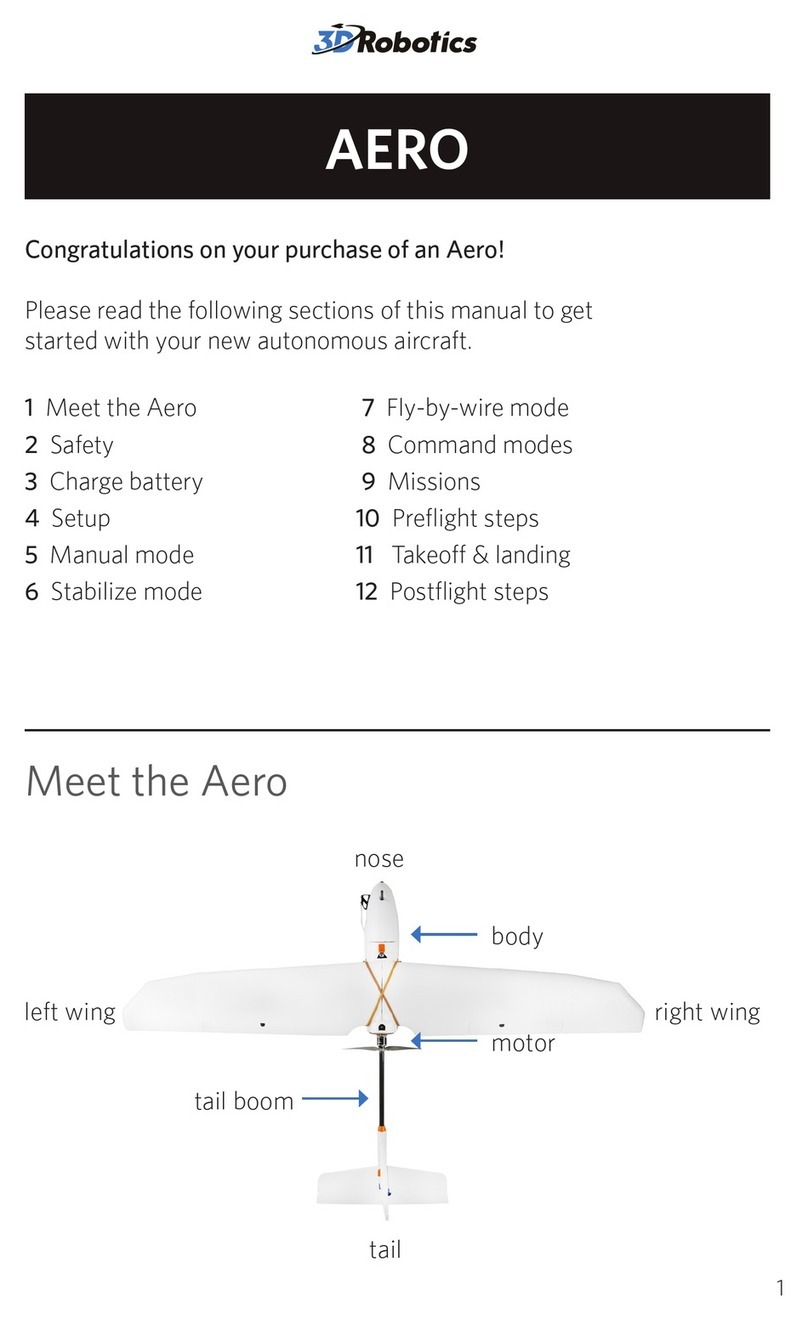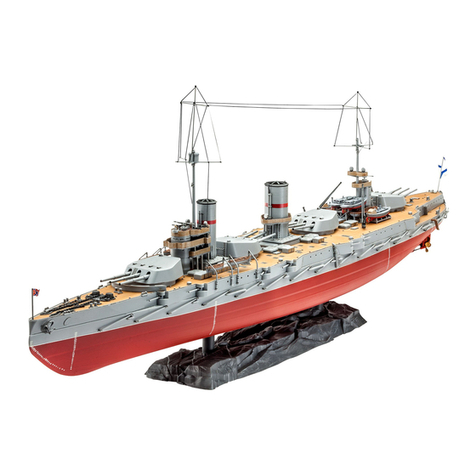Kazan Helicopters Mi-17-1V Technical specifications

H
HE
EL
LI
IC
CO
OP
PT
TE
ER
R
M
Mi
i-
-1
17
7-
-1
1V
Flight manual
Title
Limitations
Flight
Emergency procedures
General
Preflight check
Personnel and cargo
transportation
Operations of system
Main menu

4/'KAZAN
1(((fIII""~"~
t-tE:L,C>C>P'E:AS
fI
d1f!!II'
KA3AHCKKR
BEPTOn~HbJA
3ABOA
FLIGHT MANUAL
MlII-17-1B
HELICOPTER

Record of revisions
M,,-17-1B.Flighl
manual
(lNo Authority for revision Paae
Insertion By
(service bulletin no, issued date removed inserted
bv, effective from)
Records of revisions
1

MlI-17-1B.Flight manual
Record of revisions
IIAuthority
for
revision
IIPane
Insertion By
No (service bulletin no, issued date removed inserted
by, effective from)
Records of revisions
2

List of effective pages
Mll-17-1B.Flight manual
Part.chapter. Page Date
\section. sub section
Title Pace --
Record of Revisions 1 01.02.99
2 01.02.99
List of Effective Pages 101.02.99
201.02.99
301.02.99
3 01.02.99
Contents 1/2 01.02.99
Title Pace of Section 1 --
Table of Contents 1-1 01.02.99
1-2 01.02.99
1-3 01.02.99
1-4 01.02.99
1-5 01.02.99
1-6 01.02.99
1-7 01.02.99
1-8 01.02.99
1-9 01.02.99
1-10 01.02.99
1-11 01.02.99
1-12 01.02.99
1-13 01.02.99
1-14 01.02.99
1-15 01.02.99
1-16 01.02.99
1-17 01.02.99
1-18 01.02.99
1-19 01.02.99
1-20 01.02.99
1-21 01.02.99
1-22
Title Pace of Section 2 --
Table of Contents 2-1 01.02.99
2-2 01.02.99
2-3 01.02.99
\2-4 01.02.99
2-5 01.02.99
2-6 01.02.99
2-7 01.02.99
2-8 01.02.99
2- 01.02.99
9/10
Title Pace of Section 3 --
Table of Contents 3-1 01.02.99
3-2 01.02.99
3-3 01.02.99
3-4 01.02.99
3-5 01.02.99
3-6 01.02.99
3-7 01.02.99
3-8 01.02.99
3-9 01.02.99
Part.chapter. Page Date
section. sub section 3-10 01.02.99
3-11 01.02.99
3-12 01.02.99
3-13 01.02.99
3-14 01.02.99
3-15 01.02.99
3-16 01.02.99
3-17 01.02.99
3-18 01.02.99
3-19 01.02.99
3-20 01.02.99
3-21 01.02.99
3-22 01.02.99
3-23 01.02.99
3-24 01.02.99
3-25 01.02.99
3-26 01.02.99
3-27 01.02.99
3-28 01.02.99
3-29 01.02.99
3-30 01.02.99
Title Page of Section 4 --
Table of contents 4-1/2 01.02.99
4-3 01.02.99
4-4 01.02.99
4-5 01.02.99
4-6 01.02.99
4-7 01.02.99
4"8 01.02.99
4-9 01.02.99
4-10 01.02.99
4-11 01.02.99
4"12 01.02.99
4-13 01.02.99
4-14 01.02.99
4-15 01.02.99
4-16 01.02.99
4-17 01.02.99
4-18 01.02.99
4-19 01.02.99
4-20 01.02.99
4-21 01.02.99
4-22 01.02.99
4-23 01.02,99
4-24 01.02.99
4-25 01.02.99
4-26 01.02.99
4-27 01.02.99
4-28 01.02.99
4-29 01.02.99
4-30 01.02.99
4-31 01.02.99
4-32 01.02.99
List of effective pages
1

Part.chapter.
Page
Date
section.
sub
section 4-33 01.02.99
4-34 01.02.99
4-35 01.02.99
4-36 01.02.99
4-37 01.02.99
4-38 01.02.99
4-39 01.02.99
4-40 01.02.99
4-41 01.02.99
4-42 01.02.99
4-43 01.02.99
4-44 01.02.99
4-45 01.02.99
4-46 01.02.99
4-47 01.02.99
4-48 01.02.99
4-49 01.02.99
4-50 01.02.99
4-51 01.02.99
4-52 01.02.99
4-53 01.02.99
4-54 01.02.99
4-55 01.02.99
4-56 01.02.99
4-57 01.02.99
4-58 01.02.99
Title
Pace
of Section 5 - -
Table of Contents 5-1 01.02.99
5-2 01.02.99
5-3 01.02.99
5-4 01.02.99
5-5 01.02.99
5-6 01.02.99
5-7 01.02.99
5-8 01.02.99
5-9 01.02.99
5-10 01.02.99
5·11 01.02.99
5-12 01.02.99
5-13 01.02.99
5-14 01.02.99
5-15 01.02.99
5-16 01.02.99
Title
Pace
of Section 6 --
Table of Contents 6-1 01.02.99
6-2 01.02.99
6-3 01.02.99
6-4 01;02;99
6-5 01.02.99
6-6 01.02.99
6-7 01.02.99
6-8 01.02.99
6-9 01.02.99
6-10 01.02.99
6-11 01.02.99
6-12 01.02.99
6-13 01.02.99
List ofeffective pages
2
M..-17-1B. Fliaht manual
Part.chapter.
Page
Date
section. sub section 6-14 01.02.99
6-15 01.02.99
6-16 01.02.99
6-17 01.02.99
6-18 01.02.99
6-19 01.02.99
6-20 01.02.99
6-21 01.02.99
6-22 01.02.99
6-23 01.02.99
6-24 01.02.99
6-25 01.02.99
6-26 01.02.99
6-27 01.02.99
6-28 01.02.99
6-30 01.02.99
Title
Pace
of Section 7 - -
Table of Contents 7-1 01.02.99
7-2 01.02.99
7-3 01.02.99
7-4 01.02.99
7-5 01.02.99
7-6 01.02.99
7-7 01.02.99
7-8 01.02.99
7-9 01.02.99
7-10 01.02.99
7-11 01.02.99
7-12 01.02.99
7-13 01.02.99
7-14 01.02.99
7-15 01.02.99
7-16 01.02.99
7-17 01.02.99
7-18 01.02.99
7-19 01.02.99
7-20 01.02.99
7-21 01.02.99
7-22 01.02.99
7-23 01.02.99
7-24 01.02.99
7-25 01.02.99
7-26 01.02.99
7-27 01.02.99
7-28 01.02.99
7-29 01.02.99
7-30 01.02.99
7-31 01.02.99
7·32 01.02.99
7-33 01.02.99
7-34 01.02.99
7-35 01.02.99
7-36 01.02.99
7-37 01.02.99
7-38 01.02.99
7-39 01.02.99
7-40 01.02.99
7-41 01.02.99

M 1
..- 7-18. Flight manual
Part.chapter. Page Date
section.
sub section
Part
chapter.
Page Date
section.
subsection 7-42 01.02.99
7
c43
01.02.99
7-44 01.02.99
7-45 01.02.99
7-46 01.02.99
List
of
effective
pages
3

Part.
chapter.
section.
subsection
List
of
effective
pages
4
Page Date
Ml1-17-1B.
Fli!lhtmanual
Part.
chapter.
Page Date
section.
subsection

Section 1.
Section 2.
Section 3.
Section 4.
Section 5.
Section 6.
Section 7.
MANUAL CONTENTS
General
Limitations
Preflight check
Flight
Personnel and cargo transportation
Emergency procedures
Operation of system
MII-17·1B. Flight manual
Contents
1/2

Section 1
GENERAL

M,,·17-1B. Flight manual
Table of contents
1.
GENERAL
1-3
1.1.Main data 1-3
1.2.Types of operation 1-3
1.3.Operating conditions 1-4
1.4. Crew 1-4
1.5.Loading. Center of Gravity 1-4
1.6.Weights 1-7
1.7.
Flight
range, radius of action and duration 1-9
1.7.1. General 1-9
1.7.2. Fuel 1-10
1.7.3. Horizontal Flight Fuel 1-10
1.7.4. Flight Range and Duration 1-12
1.7.5. Radius of Action and Range of flight over mountains 1-15
1.7.6. Wind Effect. 1-16
1.7.7. Example Calculations 1-17
1-1/2

M,,·17·1B. Flight manual
1. GENERAL
1.1. Main data
Normal takeoffweight 11100 kg
Maximum takeoffweight 13000 kg
Troop carrier load:
Maximum 4000 kg
Number of persons carried 24
Maximum limit speed in horizontal flight at altitude from 0 to 1000 m:
At normal takeoff weigh!... 250 km/h
At maximum takeoff weight 230 km/h
Cruising speed at altitude from 0 to 1000 m:
At normal takeoffweight 220 to 240 km/h
At maximum takeoffweight 205 to 215 km/h
Hovering ceiling at normal takeoff weight, ISA, air bleed to
dust protection device ejectors being off 3980 m
Service ceiling:
At normal takeoff weight 6000 m
At maximum takeoffweight 4800 m
Time to climb at normal power and best climbing speed (anti-icing system being off,
armament racks being not installed):
At normal takeoff weight:
to 1000 m 1,6 min
to 3000 m 4,8 min
to 4000 m 6,5 min
to 5000 m 8,7 min
At maximum takeoffweight:
to 1000 m 2,3 min
to 3000 m 7,1 min
to 4000 m 10,4 min
Service range at altitude of 500 m and cruising speed, with main fuel tanks full and 5%
fuel reserve:
At payload of 3500 kgf 600 km
With one auxiliary fuel tank full 880 km
With two auxiliary fuel tanks full. 1160 km
1.2.Types of operation
The
ML1-17
-1B transport helicopter with two TB3-117BM series 02 tur-
boshaft engines is intended for transportation of personnel and various
types of cargo in the cargo compartment and for transportation of bulky
loads attached to the external load sling system.
Listed below are the
ML1-17
-1B helicopter types of operation:
1-3

MIt-17-1B. Flight manual
(1) Cargo version:
(a) Without auxiliary fuel tanks (for transportation of load with total
weight up to 4000 kg in the cargo compartment).
(b) With one auxiliary fuel tank.
(c) With two auxiliary fuel tanks.
(d) Transportation of external loads of total weight up to 3000 kg.
(e) Transportation of buky loads.
Note: A semi-open position of the cargo compartment doors is provided
for transportation of bulky cargo (like the main rotor blades) in the
cargo compartment.
(2) Troop carrier version - for transportation of troopers (24, maximum).
(3) Ambulance version:
(a) For stretcher cases (12, maximum).
(b) Combination - stretcher and seated cases, maximum 20 in number
(3 stretcher cases and 17 seated cases).
(c) With one auxiliary fuel tank and seated cases (15, maximum).
1.3. Operating conditions
The
MIo1-17-1B
helicopter is capable of successful operation and carrying
out its assigned duties by day and night, in VFC and IFC.
1.4. Crew The helicopter crew comprises three members: Pilot (Captain), co-pilot
(Pilot-Navigator) and flight engineer.
1.5. Loading. Center of Gravity
(1) To keep the helicopter in-flight CG position within the allowed limits it is
necessary to load the helicopter in strict accordance with the instructions
of Section 5 of the present Flight Manual.
(2) In case of transportation in the cargo compartment of bulky loads the
center of gravity of which cannot be positioned between the arrows and in
case of change in the removable equipment of a certain version it is nec-
essary to calculate the helicopter weight and CG position proceeding in
accordance with the
MIo1-17
-1B Helicopter Weight and Balance Manual.
The
MIo1-17-1
B helicopter takeoff weights and loads for various variants of
loading are given in Table 1.1. The helicopter empty weight and CG posi-
tion data are taken from the Helicopter Log Book. All the calculations
should be performed in accordance with the
MIo1-17-1
B Helicopter Weight
and Balance Manual.
(3) At any of the above variants the helicopter is capable of performing res-
cue operations after installation of hoist boom and a winch.
1-4

Mll-17
-1B.Flight
manual
Mfl-17-1B Helicopter Loading for Various Types of Operation Tab!e 1.1.
Typeof operationandweiahtdata (k
Cargo
c=-
c=-
c=-
~~
Jg
Load ·x ·x ·x "iii
::> ::> ::> E
ill
Cll
'"
Cll Cll
'"
o
-"'"
ill"'"
0"",
~
c:
::> c: s: c:
~
ffi
Cll
Q;
°Cll
-Cll
ill
::;
.<=- .<=- .<=-
'<=-0
.0
.~
~q; ~~
~q;
~~
E
.2 .2 «o
Empty
helicopter 7142,0 7142,0 7142,0 7142,0 7142,0 7142,0
Total load lnclud- 3801,0 3958,0 3958,0 3958,0 3111,0 3958,0
ina:
(1)Crew and 381,0 429,0 474,0 371,0 511,0 385,0
operation items:
(a)Crew: 270,0 270,0 270,0 270,0 270,0 270,0
- pilotwith para- 180,0 180,0 180,0 180,0 180,0 180,0
hute12persons)
- Flightengineer 90,0 90,0 90,0 90,0 90,0 90,0
withparachute
(b)Operational 43,4 91,4 136,8 33,6 173,1 47,9
items:
-entrancestairs 7,3 7,3 7,3 7,3 7,3 7,3
-loadingramps(2 31,6 31,6 31,6 -31,6 -
items)
- auxiliarvfuel tank -48,0 93,4 - - -
-seatsfor 22
roopers
with seat ----36,1 36,1
belts
- medicalequip- - - --93,6 -
ment
-externalload
system
(without -- - 21,8 --
load
sflnos)
Ilc) Oil 71,7 71,7 71,7 71,7 71,7 71,7
2)Fuel: 1420,0 2130,0 2840,0 546,0 1420,0 1153,0
I(a)Inservicetank 346,0 346,0 346,0 346,0 346,0 346,0
(b)Inexternal 1074,0 1104,0 1104,0 200,0 1074,0 807,0
anks
(c)Inauxiliary -680,0 1390,0 ---
anks
3)Useful load: 2000,0 1399,0 644,0 3041,0 1180,0 2420,0
(a)Cargowithtie- 2000,0 1399,0 644,0 ---
down
provisions
(b)Specialequip- - - ----
ment
(c)Troopers(24 -- - --2400,0
'persons)
1-5

MI1-17-1B.
Flight manual
I I
Type of
o~eration
and wei
ghH9
Cargo
z-
<:-
e-
Jg
:m
~
Load 'x 'x 'x
en
:J
:J
:J
E
QJ
ro
oo
ro ro 00 .ill
()
-""-
QJ""-
0""-
C
:J
C
.s:;;C
~ai
~
ro ill
oro
_ro
:;
.s:;;-
£:::
.s:;;-
~~
.0
.~
~(jj
;;:QJ
~(jj
E
.2 .2 .2 «o
(d) Swivel mounts
(removable por- ---- - 19,8
ions), 6 ocs
(e) Stretcher cases - - --1080,0 -
tz
oersons)
(I) Medical
allen-
----90,0 -
~'ant
(1 oerson)
(g)
Water
and ----10,0 -
liculd disinfectant
(h) External load --40,9 --
sllnos
I0\ External load --·3000,0 · ·
(j)
Y6.~~
pods ·-·.··
loaded 6 ocs
k\ Bombs -··
(I)
Y6·32
~OdS
·-·.··
unloaded
Normal take off 10943,0 11100,0 11100,0 11100,0 10253,0 11100,0
weiaht
IAdditionalload 2000,0 1900,0 1900,0 1900,0 ·267,0
(1) Cargo with tie- 2000,0 1900,0 1900,0 1026,0 ·
Irl
own orovislons
2\ Fuel ··-874,0 ·267,0
(3)
Tro~fers
(19 ····
oersons
12943 13000 13000
Maximum takeoff (with (with (with 13000 ·11367
weight
4000~~
3299kg 2544kg
caroo
caraol carnol
Notes: 1.The empty weight and the empty helicopter CG position are indicated for
each individual helicopter in its Log Book, Section "Individual features",
2. The fuel weight is indicated without 35 kg of fuel used on the ground (for
starting the engines, their run up and taxiing to starting position).
3. The weight data and CG positions of removable items for specific
helicopter are taken for calculations from the
MI1-17
-1B Helicopter Weight
and Balance Manual.
1-6

M.,-17-1B. Flight manual
1.6. Weights
(1)
rne
maximum takeoff (landing) weight of the helicopter for out of ground
effect vertical takeoff (landing) is determined according to the graphs in
Figs 1.1 and 1.2 and for in ground effect take off according to the graphs
in Figs 1.3 and 1.4. '-r-.
---
----
I~
r-.
-r-.
r-.
l"-
I---
-
----
<;
..:::::
-s
:::::
~
~
t::::
~
r--
I:-
---
-
I--
1---
7
r-.:
::'
::::
::::::
~:;:
:::::
:::s:
:::::
::::::
s::::
F::::
::::::
r:::
t-
r-.:
:::::-
:-
-
I"-
-
.......
~
r-:-::
:-:.:
::::.:
;::
:;::
3::
:::::
::'
::::::
t::::
:::::.:
t::--
f::::
t:::
-.;
-....
r::::
:-
-.
I'-,;
r---.
r-.:
::::::
<;
:-
--
::::::
.:::::
;:,-;
::::::
:;::
s:::
,:::::
r-:::
I::::::
t::::
:-
::::::
~
h'l\
,
r-.
--
--
--
'1
....,
'7
_
.......
:-Or,'
r---.
\
"\
//I\1\ \ \
'H=O
////// / /\1\
\11\\
'lkm
H=6km
/I1
5km/II
~km
/ /
~~
\
1\
\2km
. 1.5 m
II I /I/I I / 1/
'\
1\1(;
\ I\.
VII IIV
1/
/
1/
/II
'>
1\.'&\
1\.\
o
40
20
-20
-40
-60 8 9 10 11 12 12,7813
row,
tons
Fig. 1.1. Maximum Take off Weight at Vertical Takeoff and Landing Out of
Ground Effect (Takeoff Power, nmr =93,5%, with OPD installed, without Air
Bleed to DPD Ejector).
Takeoff weight shall be reduced:
By200 kg with DPD ejector ON.
By800 kg with engine and rotors anti-icing ON.
T'C
1000
500
0
U,
m/s
·500
·1000
·1500
Fig. 1.2. Maximum Weight Increment versus Wind Speed and Direction
at Take-offor landing Out of Ground Effect
1-7

9 10 11 1212,05 13 1414,16
row,
tons
Fig. 1.3. Maximum Takeoff Weight at Vertical Takeoff and Landing In Ground
Effect (Takeoff Power, nmr =93,5%,with DPD installed, without Air Bleed to
DPD Ejector)
Takeoffweight shall be reduced:
by 200 kg with DPD ejector ON.
by 800 kg with engine and rotors anti-icing ON.
~
~~"""'F:::':::
--~
-.---
-
--.
~~"H
I--
L~~=~~~E~~t_~_:~~~~:;-
..-1
~
--r-
~
I--;;: 1
.....
~
...
r;::;
F:::
~
.-:::
r;;;::
I':
~
r--;;:
-..::
I..:' f-.;:;
-",;:
.....;:
I-;;"
I'
-c
I'
r-::::
~
f.>-c ..." -b -
~-r\
1\
I-H=O
t.. '\ \\\\lkm
DkmJr-- 17
5kml
1/
~km/
J)
''u~
.\
1\
2km 1,5km
T7
I
!l
7JII /7J1/ 17 /\ \1\
\11
\
7II 7
rr
I I I I7/\/\Il\
\~
7! 77II1/ I I II
II
I)
1\1l\'
I\.'K
o
20
40
·20
·40
·60
MI1-17-1B.
Flight
manual
tOe
U,
rots
·500
I-+~---J-,.L+----*-----I
-1500
L-
.L-
L-
__
---'
Fig.1.4. MaximumWeight Incrementversus Wind Speed and Direction at
Take-off and Landing In Ground Effect
The graphs 1.1. and 1.3 take into account the use of engine take off
power and do not take into account the air bleed for dust-protection de-
vice operation.
(2) The maximum takeoff weight determined by the graphs should be re-
duced:
(a) By 300 kg, the engine efflux screen being installed.
(b) By 200 kg, the dust protection device ejector being ON.
(c) By 800 kg with the engine and rotors anti-icing ON.
(3) To determine the helicopter maximum weight increment (decrement) un-
der no-wind conditions versus the wind direction and speed use the
graphs illustrated in Figs 1.2 and 1.4.
1-8

MI1-17-1B. Flight manual
In calculation of the maximum weight with the wind effect accounted for,
keep in mind that both the wind direction and speed may change during
takeoff
and
landing.
Therefore,
in
calculation
of the
maximum
weight
in
unsteady wind conditions assume the minimum value of the maximum
weight for the possible wind component range.
If the wind data are not available and it proves impossible to determine its
direction during landing, calculate the maximum weight for the most ad-
verse combination of the wind speed and direction (tailwind of 4 to 6 m/s).
(4) Due to a possible difference of the helicopter main rotor takeoff power
operational lift from the design value it is necessary to perform a check
hovering before each flight to make sure the helicopter maximum weight
is determined correctly.
(5) The graphs are provided with key patterns serving for explanation of their
use. Given below is an example of determination of the helicopter maxi-
mum weight.
Example:
Determine the helicopter maximum weight for vertical takeoff in
ground effect from a field located at an altitude of 1500 m above sea
level, at an air temperature of +15 °C and a wind speed of 4 rn/s,
Solution:
(1) On the graph in Fig. 1.3 find the maximum takeoff weight for no-
wind conditions. At the air temperature scale (to) find a point correspond-
ing to a temperature of +15°C, and draw a horizontal line to intersection
with an altitude line of 1500 m. From the point obtained draw a vertical
line to the horizontal scale and read the helicopter maximum weight for
no wind conditions - 14160 kg.
(2) On the graph in Fig. 1.4, on the wind scale (U) find a point corre-
sponding to a wind speed of 4 mIs, and draw a vertical line up to the
curve marked "Headwind" (tailwind, left or right crosswind).
From the point obtained draw a horizontal straight line up to the vertical
scale and read the increment (decrement) of the helicopter maximum
weight in no-wind conditions (+250 kg for headwind, -610 kg for left or
right crosswind, and -1180 kg for tailwind).
(6) Sum up the helicopter maximum weight for no-wind conditions and the
weight increment (decrement) for a wind speed of 4 mls to obtain the
helicopter maximum takeoff weights:
(a) at headwind. 14410 kg (but it must be not more than 13000 kg)
(b) at left or right crosswind. 13550 kg (but it must be not more than
13000 kg)
(c) at tailwind. 12980 kg
Calculate the helicoptertakeoff or landing maximum weight out of ground ef-
fect followingthe same procedureand usingthe graphs in Figs 1.1 and 1.2.
(7) Increase the maximum weight determined according to the graph in Fig. 1.3
by 500 kg (but not morethan 13000 kg) for running takeoff and landing.
On performing a running takeoff execute a check hovering at a height of
1 m minimum to make sure that the maximum takeoff weight is deter-
mined correctly.
1.7.Flight range, radius of action and duration
1.7.1.General
1-9

MI1-17-1B.
Flight
manual
The helicopter range and duration of flight at a selected load depend on
the helicopter fuel load and flight condition characterized by altitude and
indicated airspeed (lAS).
The helicopter load and fuel quantity determine the helicopter actual take-
off weight which should not exceed the maximum takeoff weight derived
from the graphs for the selected takeoff procedure and actual ambient
conditions at the takeoff field (Ref. Figs 1.1, 1.2, 1.3, 1.4).
1.7.2. Fuel
The total fuel load (TF) is determined by the formula:
TF =TOW - OZFW +GF, where
TOW - helicopter takeoff weight (less fuel used on the ground);
OZFW - operational weight including all operational items less fuel (Le. opera-
tional zero-fuel weight);
GF - fuel used for engines ground run determined by the engine ground run
time and average fuel flow rate (7 kg/min).
The total fuel load (the amount of fuel before takeoff) is equal to the volume of
fuel filled in liters multiplied by the fuel specific gravity.
If the fuel actual specific gravity is unknown, use the design values depending
on the fuel grade.
The helicopter fuel system capacity for various variants of fueling, the total fuel
load with the tanks full and for various fuel grades, as well as the design val-
ues of specific gravity for each grade are given in Table 1.2.
GF =35 kg is assumed for calculation with the engines running before take-off
for 5 minutes (starting, warming up, ground testing and taxiing to take-off posi-
tion). Table 1.2
Capacity of Fuel Tanks and Design Specific
Gravity of Each Fuel Grade
Capacity of tanks filled, Total fuel load, ko
Tanks T-1 fuel of 0.8 kg/lit TC-1
orT-7fuel
of 0.775
liters specific cravitv ko/lit specific cravitv
Main tanks and service 2615 2092 2026
tank
Main tanks, service tank 3530 2228 2735
and one auxiliarv tank
Main tanks, service tank 4445 3556 3445
and two auxiliarv tanks
Main and service self- 2585 2068 2003
sealino tanks
1.7.3. Horizontal Flight Fuel
Fuel consumed in horizontal flight (HFF) is determined by the formula:
HFF =TF - GF - TOF - GLF - RF - UF, where
TOF - fuel used for takeoff, establishing of steady flight condition and climb
(derived from Table 1.3).
1-10

M,,·17·1B. Flight manual
Table
1.3
Fuel Used, Distance and
Time
at
Takeoff
and Climb.
E N IP
nqrne
orma
ower
Takeoffweiqht,
kQ
Altitude, m 11100 13000
Fuelused, Distance, Time, Fuel used, Distance, Time,
Gte,
ko
Le,km
te,min
Gte,
kQ
Le,km
t,
min
Takeoff,
acceleration, 15 1 15 1
establtshino of steadyclimb --
100 20 -1,5 20 -1
500 25 -2 30 -2
1000 35 4,0 2,5 40 5 3
2000 55 7,0 4,0 70 10 5,5
3000 75 10 6,0 100 15 8
3500 - - - - - 11,5
4000 95 15 7,5 140 30 11,5
4800 - - - 215 40 18,0
5000 115 20 9,5 ---
6000 170 30 15 ---
GLF
- fuel used
for
glide, deceleration, hovering and landing (derived
from
Table
1.4).
RF-
reserve fuel
(for
possible
deviation from the
selected
route, variation of
weather
conditions, etc.). In
each
specific
case
the reserve fuel is
determined
by the
Captain.
In the
present
calculation the reserve fuel is
assumed
to be
equal
to 5 %of the fuel filled.
UF -
unusable
fuel
equal
to 20 kg.
Table
1.4
d L d'
d Ti . D
FlU
d D' t
ue se , IS
ance
an unem
escen
an an InQ
Descentinitiationaltitude, m lAS, Verticalspeedof Fuel Distance, Time,
km/h descent,m/s used.kq km min
Deceleration, hoveringand -15 -1
landinc
100 130
2t04
20 -2
500 130 5to 6 25 5 3
1000 140 5to 6 30 10 4
2000 140
5to
6 45 20 7
3000 140
5t06
60 30 11
4000 120 3
t04
90 40 17
5000 120 3 to 4 130 55 25
1-11
Table of contents
Popular Toy manuals by other brands
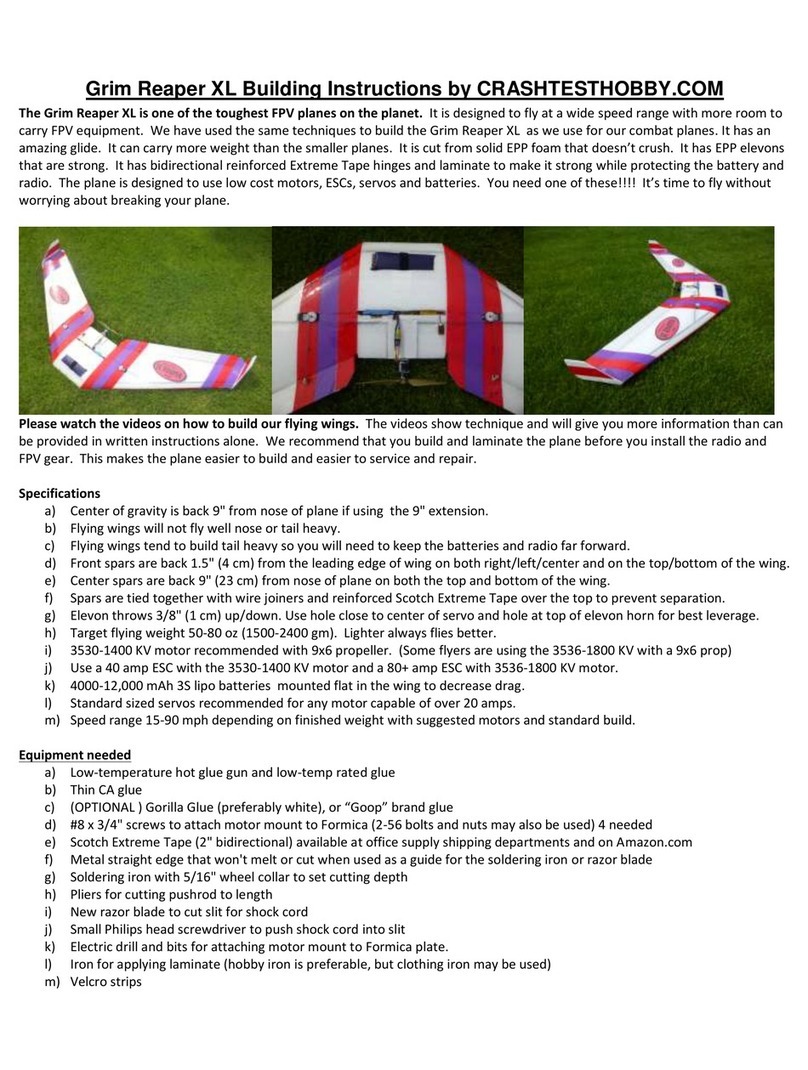
Crash Test Hobby
Crash Test Hobby Grim Reaper XL Building instructions
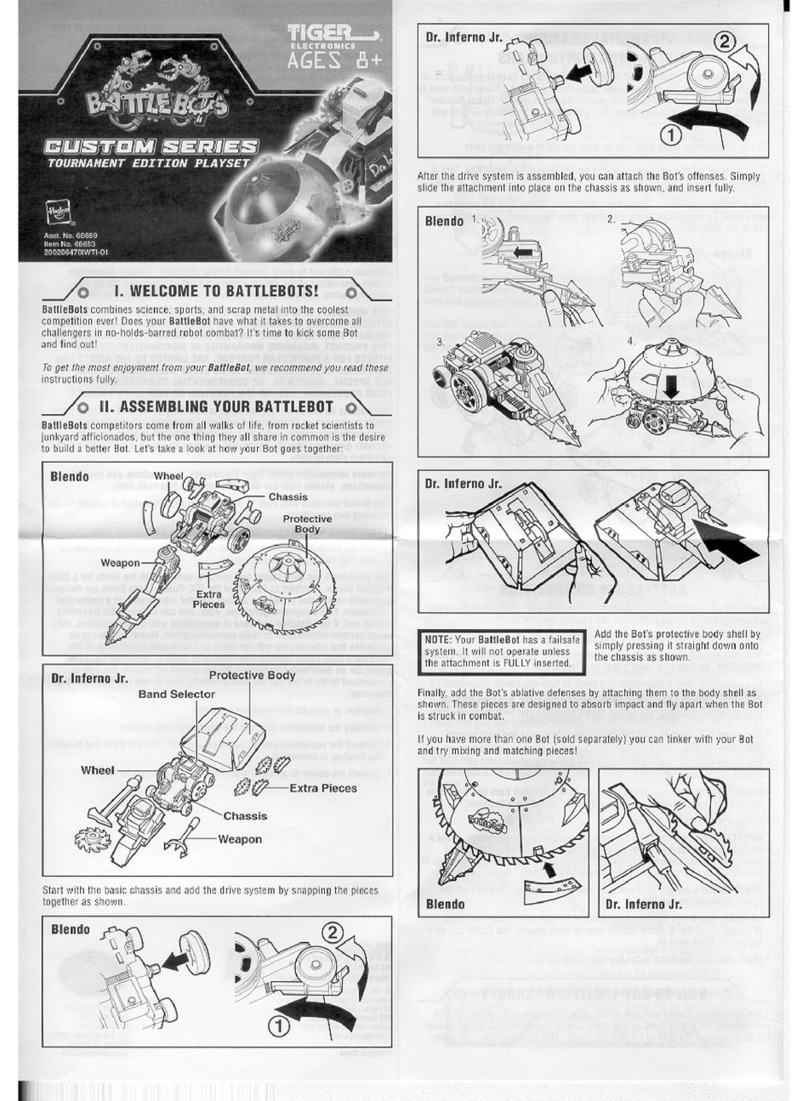
Tiger Electronics
Tiger Electronics Battlebots instructions

Hasbro
Hasbro furReal Walkalots quick start guide

SanaLoma Laser
SanaLoma Laser M9A1 Pistol Assembly instructions
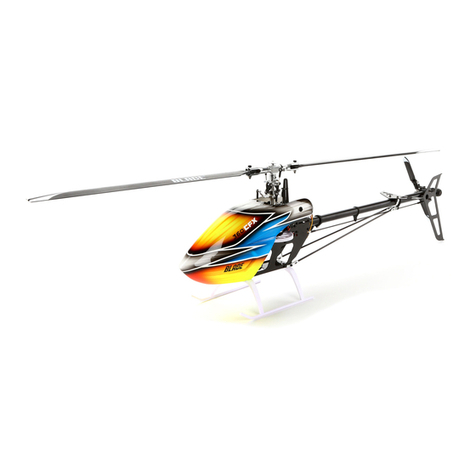
Blade
Blade 360 CFX 3S instruction manual

Dynali
Dynali H3 EASYFLYER SPORT Flight manual
